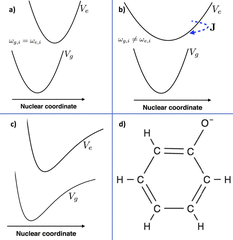
In this manuscript, we simulate the absorption spectra of model systems in the condensed phase using a variety of approaches, including both static and dynamic methods, highlighting the successes and failures of each approach. We also devote particular attention to the performance of methods derived from the cumulant expansion of the energy gap fluctuations and test the ability to approximate the requisite time correlation functions using classical dynamics with quantum correlation factors. These results provide insights as to when these methods are applicable and able to capture the features of condensed phase spectra qualitatively and, in some cases, quantitatively across a range of regimes. With the advent of advances in excited state electronic structure theory algorithms and HPC capabilities, the use of cumulant methods, which require many thousands of excited state electronic structure calculations, is now possible for condensed phase systems.
